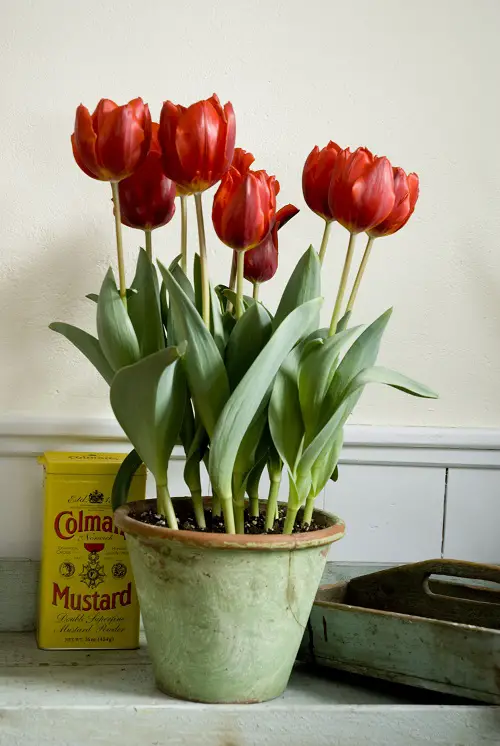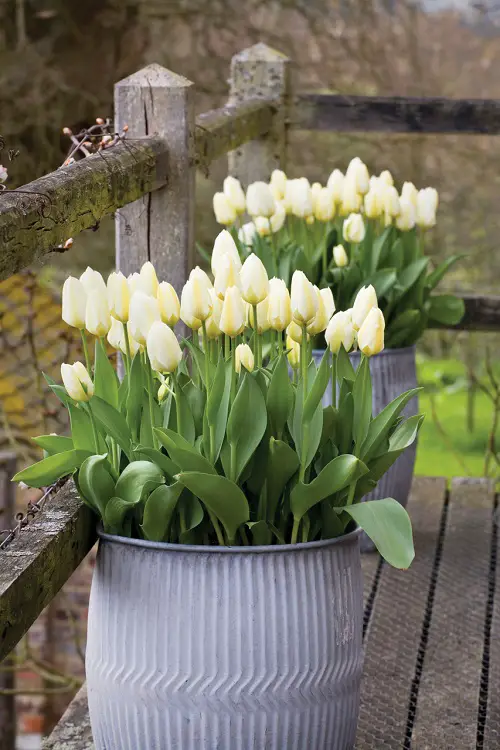Do you know about the National Flower of Turkey? Here’s everything about its significance, meaning, history, and more!
Have you ever wondered about Turkey’s National Flower and why it’s so interesting in Turkish culture? Get ready for a fascinating journey that uncovers the identity of this special bloom and explores its deep meaning and influence on Turkish society.
The Story of Turkey’s National Flower

Just like every country warmly welcomes its own national flower, Turkey stands tall with its choice: THE TULIP. Originating from Central Asia, this delicate bloom found its way into Turkish hearts, becoming a symbol of beauty and heritage.
Dating back to the days of the Ottoman Empire, the tulip held a special significance in Turkish culture. It wasn’t merely a flower; it represented wealth, prestige and refinement.
Furthermore, by selecting the tulip as its national flower, Turkey pays homage to its inclusive cultural heritage. The tulip’s journey from where it started to being a big part of Turkish culture shows how Turkey welcomes and treasures different influences.
How Long Do Tulips Bloom? Find Out!
Different Meaning of Tulip Across Cultures
Tulips hold diverse meanings across cultures making them even more special and meaningful.
In many cultures, tulips symbolize love and romance. Because of their graceful form and bright colors, tulips are often chosen to show love and strong feelings. Giving someone a tulip bouquet can convey feelings of love, desire and admiration. Tulips are also associated with abundance and prosperity. Their beautiful blooms and prolific growth represent wealth and success.
Since tulips are linked to spring and new growth, they are often used to represent starting fresh and beginning anew. Tulips are also considered symbols of happiness and joy due to their bright colors and cheerful appearance.
In some cultures, tulips hold specific cultural or historical significance. For example, in the Netherlands, tulips are closely connected with the country’s history and economy, showing national pride and identity.
Some Quick Growing Tips About Tulips
Pick a Sunny Spot
Tulips need lots of sunlight, so choose a place that gets plenty of sun. They prefer at least 6 hours of direct sunlight per day. Too much shade can result in stunted growth and fewer blooms.
Plant in Fall
Put the tulip bulbs in the ground in autumn, before the winter freeze. This gives them time to settle. The ideal planting time is usually between September and November, when the soil temperature has cooled down to around 60°F (15°C).
Prepare the Soil
Make sure the soil drains well and isn’t too wet. Add some compost to give the tulips extra nutrients. Tulips thrive in slightly acidic soil with a pH between 6.0 and 7.0. Well-draining soil is crucial to prevent bulb rot.
Plant Deep
Bury the tulip bulbs around 4 to 6 inches deep in the soil, with the pointed end facing up. The depth ensures the bulbs are protected from harsh winter conditions and can develop a strong root system.
Space them Out
Plant each bulb about 4 to 6 inches apart from the others. Proper spacing allows for good air circulation and prevents overcrowding, which can lead to disease problems.
Water after Planting
After putting the bulbs in the ground, make sure you water them regularly to help the roots grow. Tulips need about an inch of water per week during their growing season.
Use Mulch
Cover the area with a layer of mulch To keep the soil moist and cool, cover the area with a layer of mulch. It also helps in suppressing weeds and insulating the bulbs during winter.
Enjoy the Flowers
In spring, you’ll see beautiful tulip blooms! Usually tulips bloom for 2 to 3 weeks but their flowering time can be extended by planting different varieties that bloom at different times.
With these informative tips, you’ll have a better understanding of how to grow healthy and bright tulips in your garden or balcony.
What to Do with Tulips After They Bloom? Learn here



